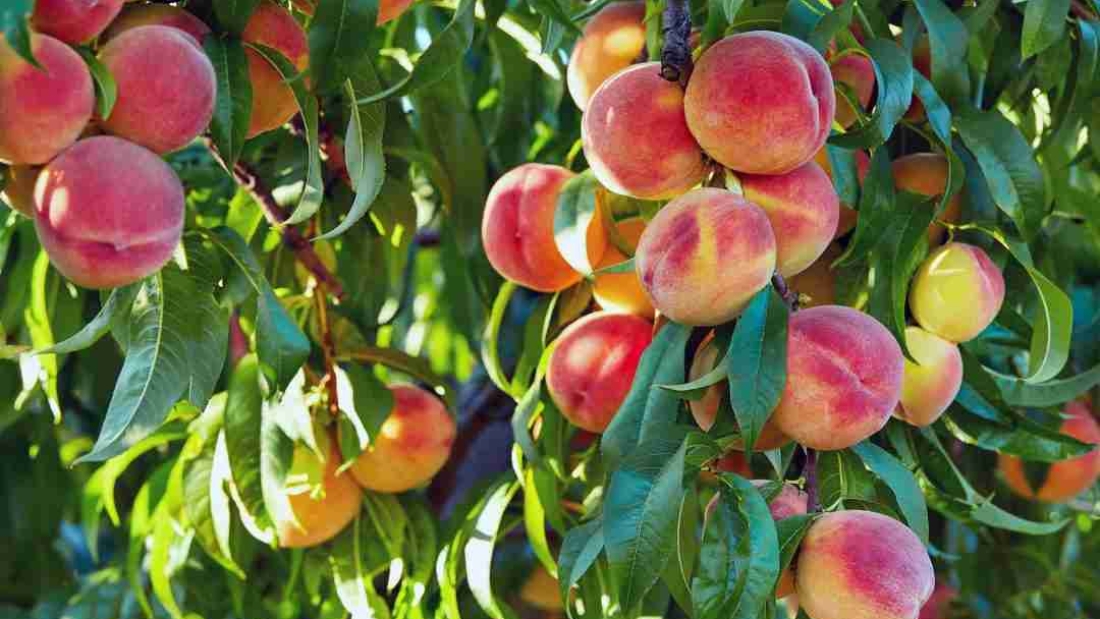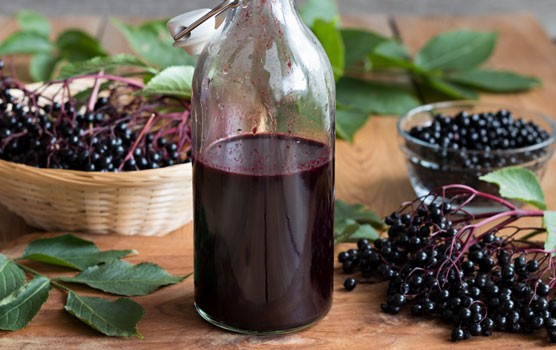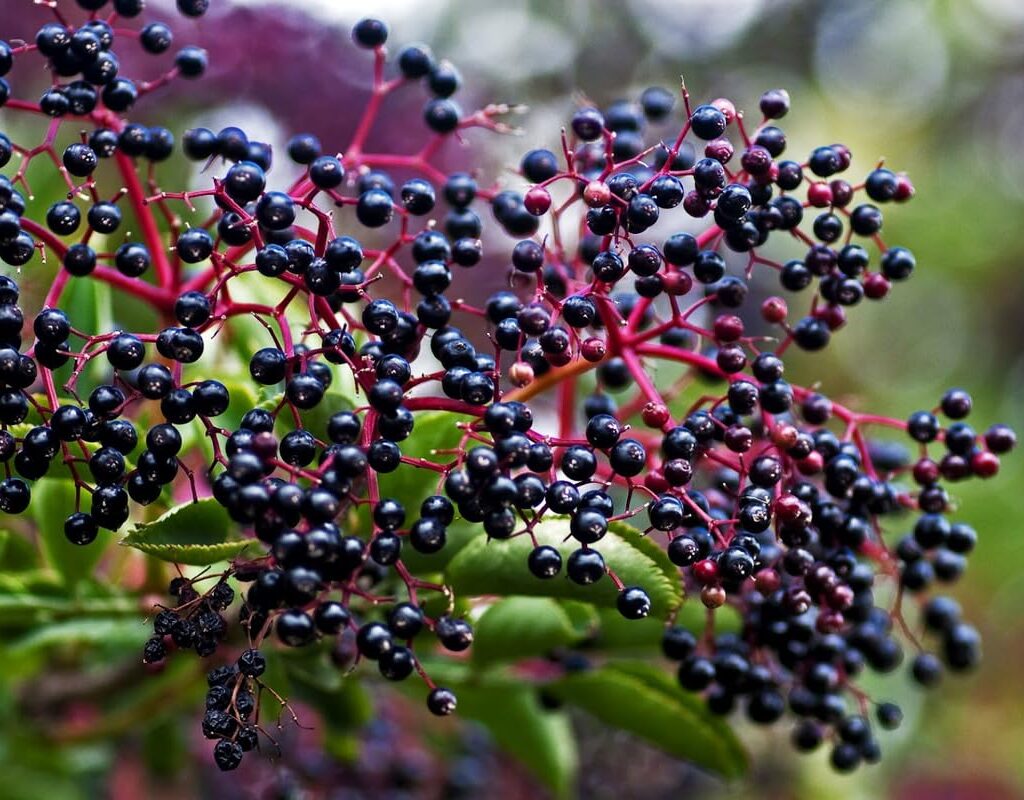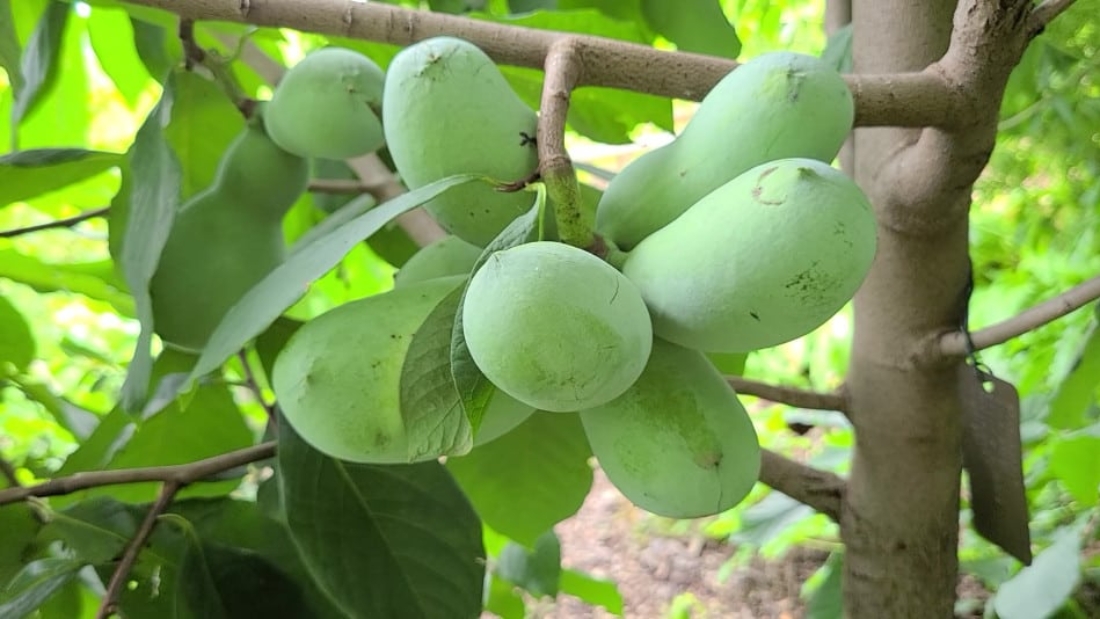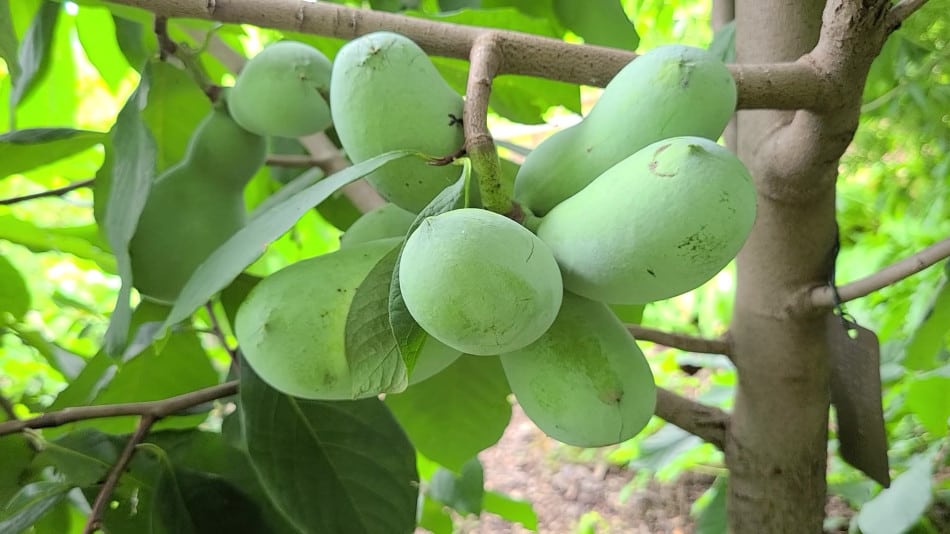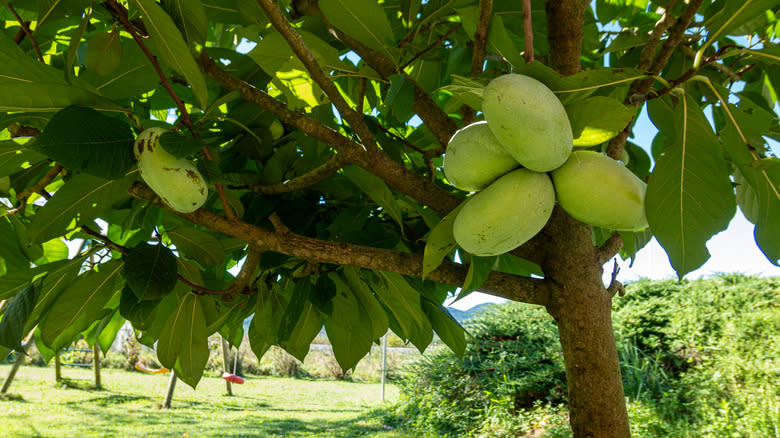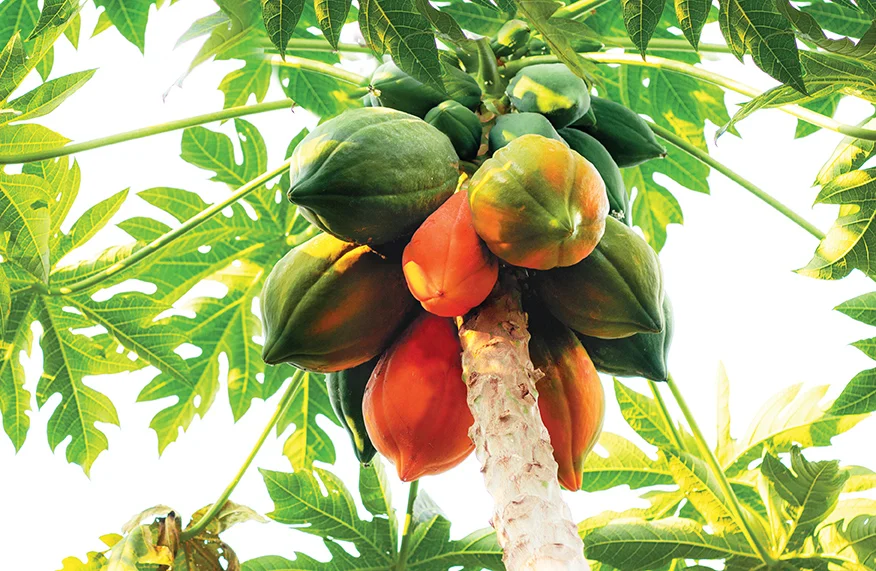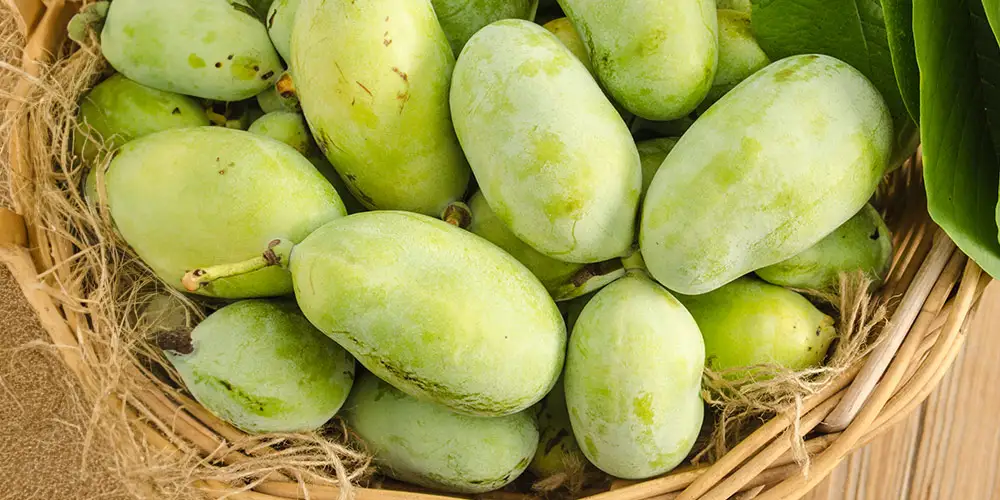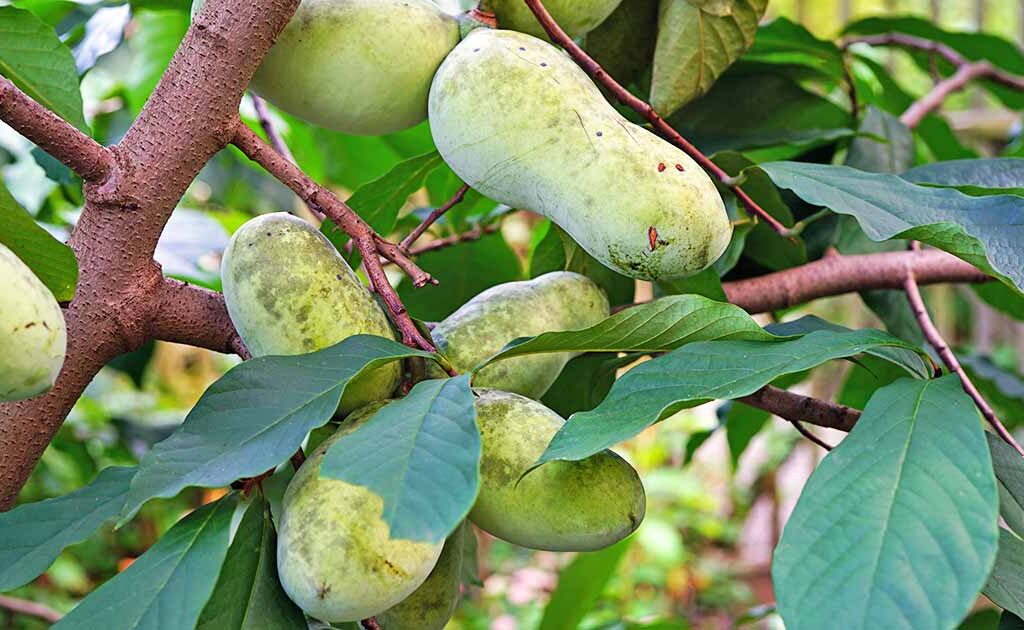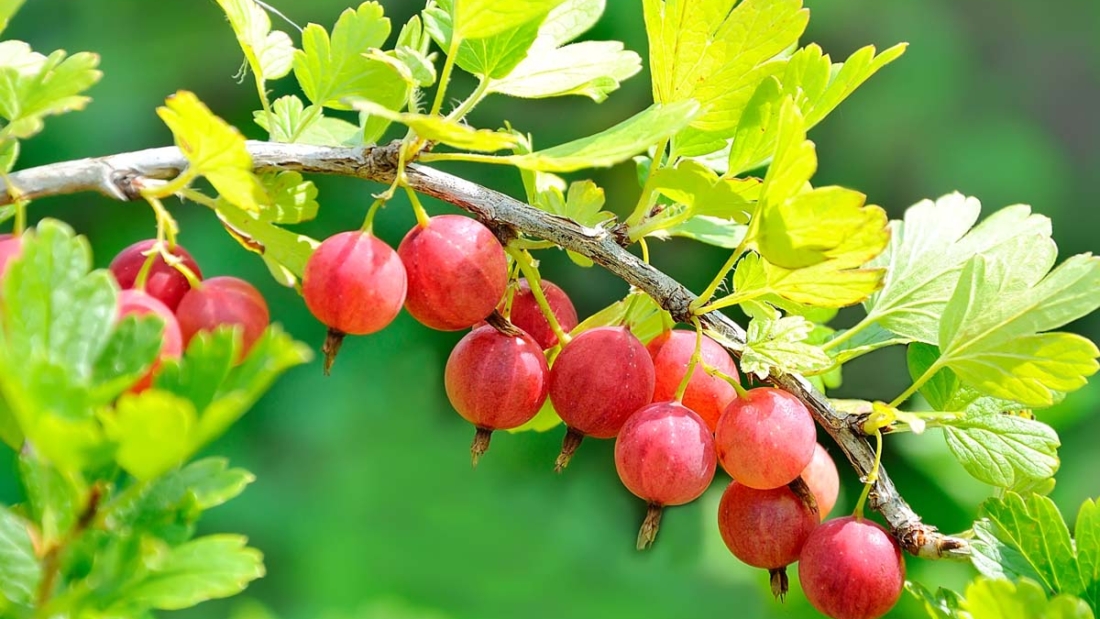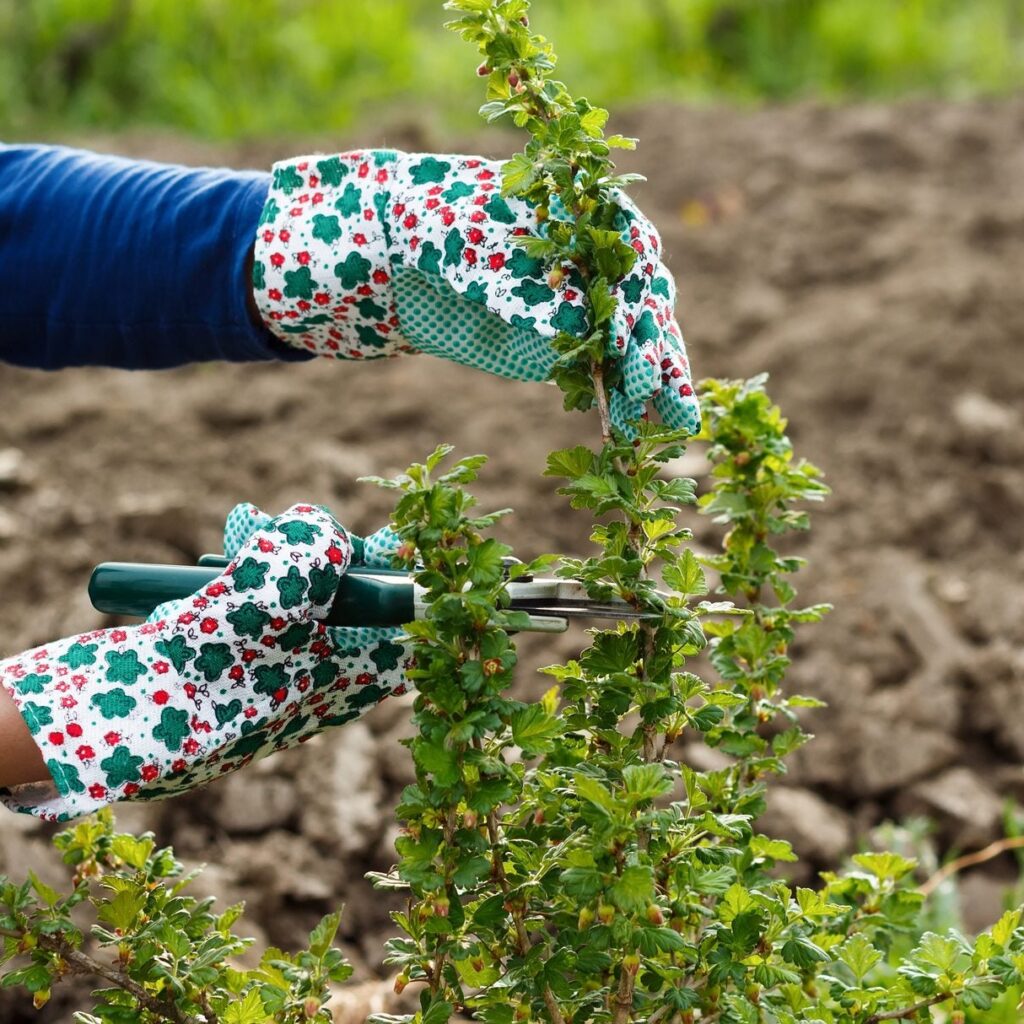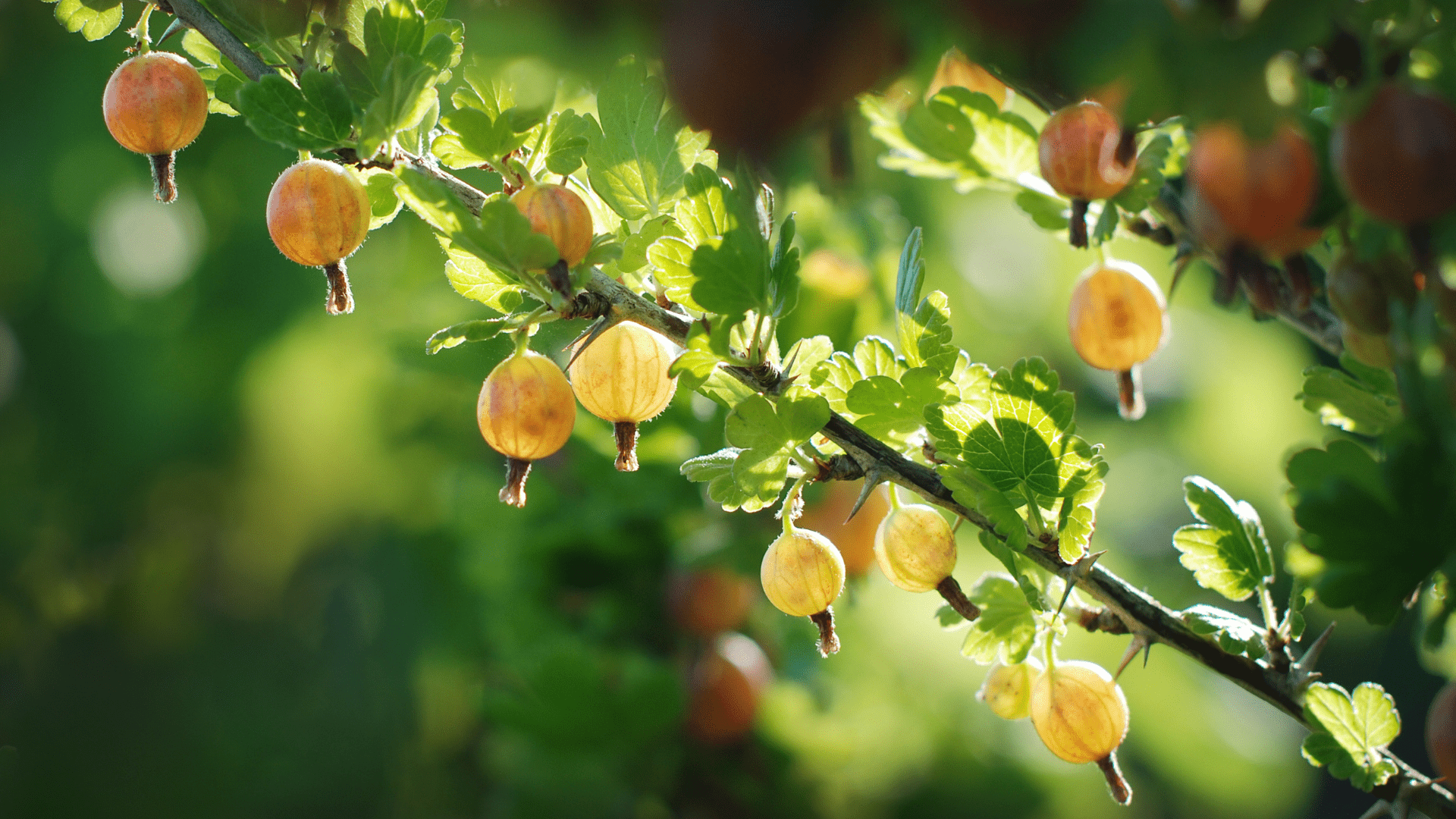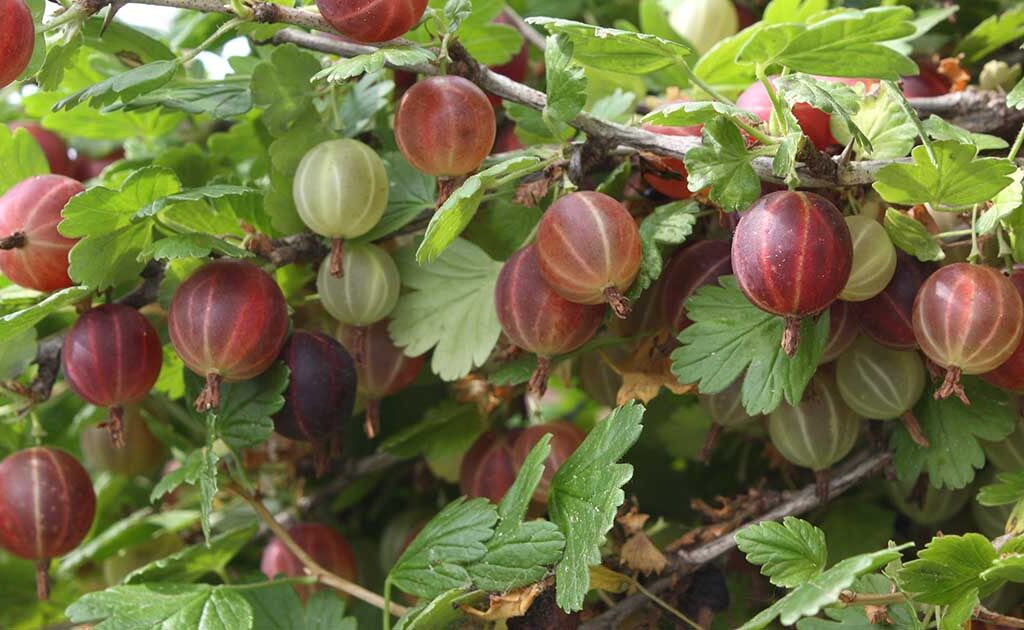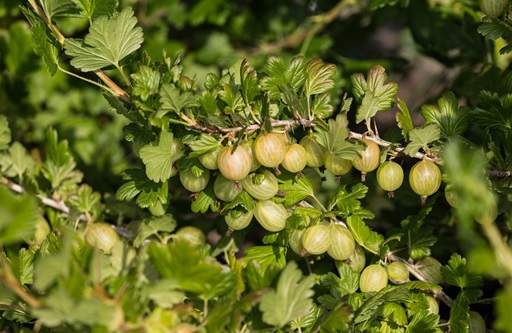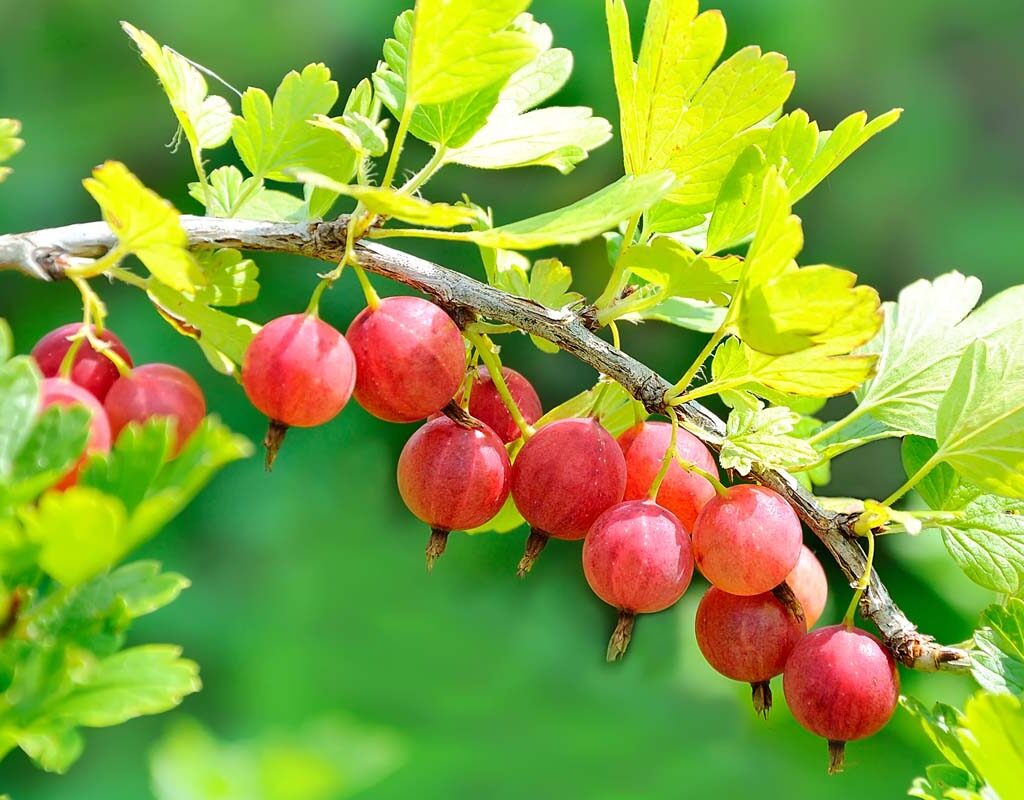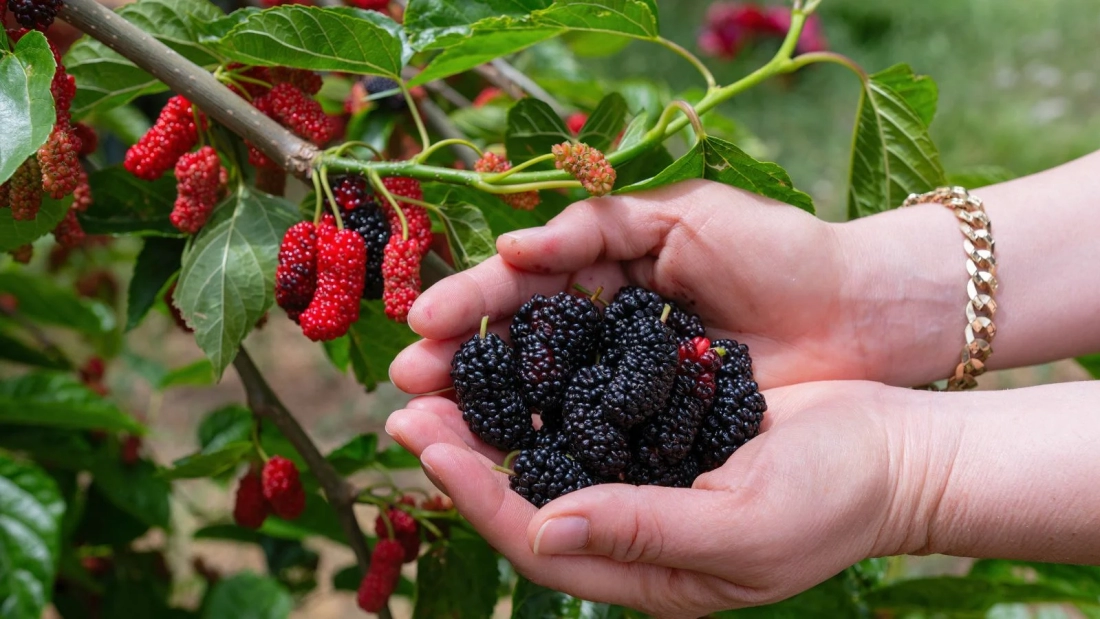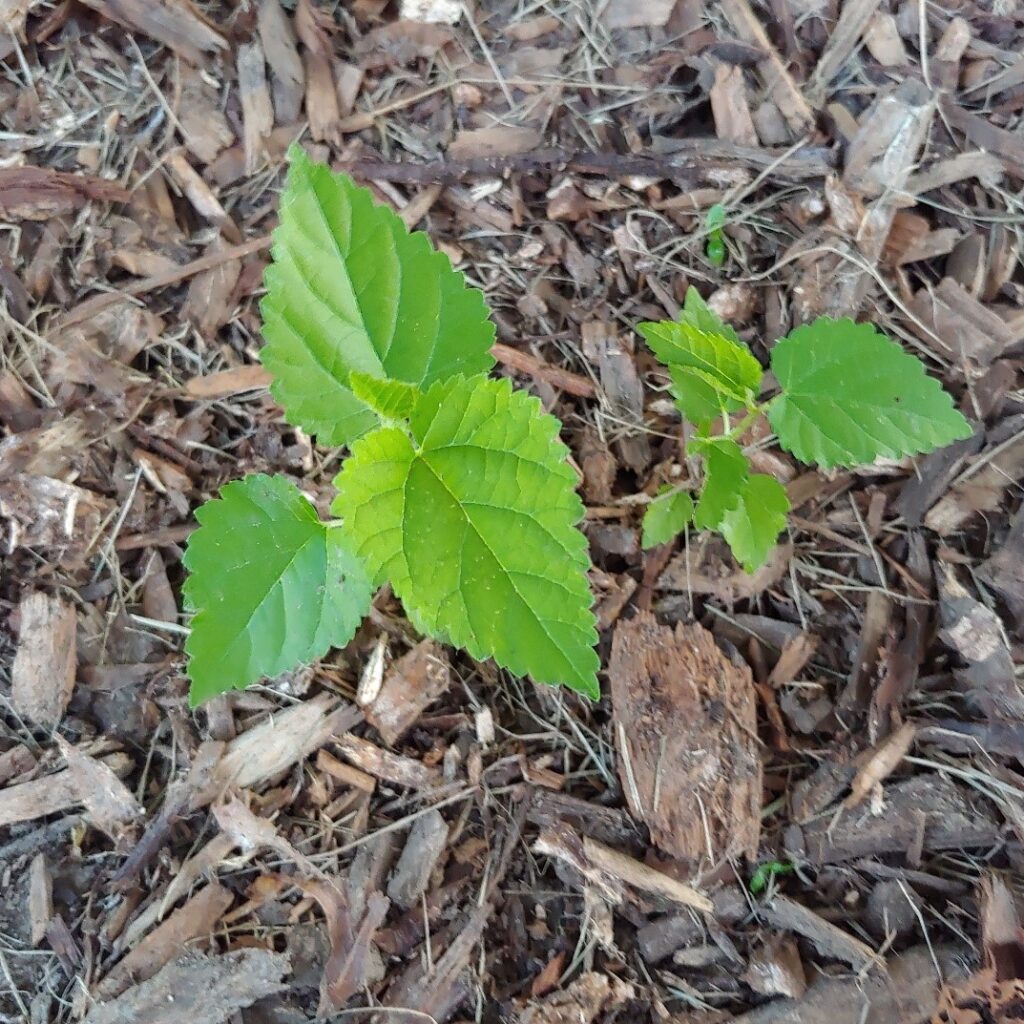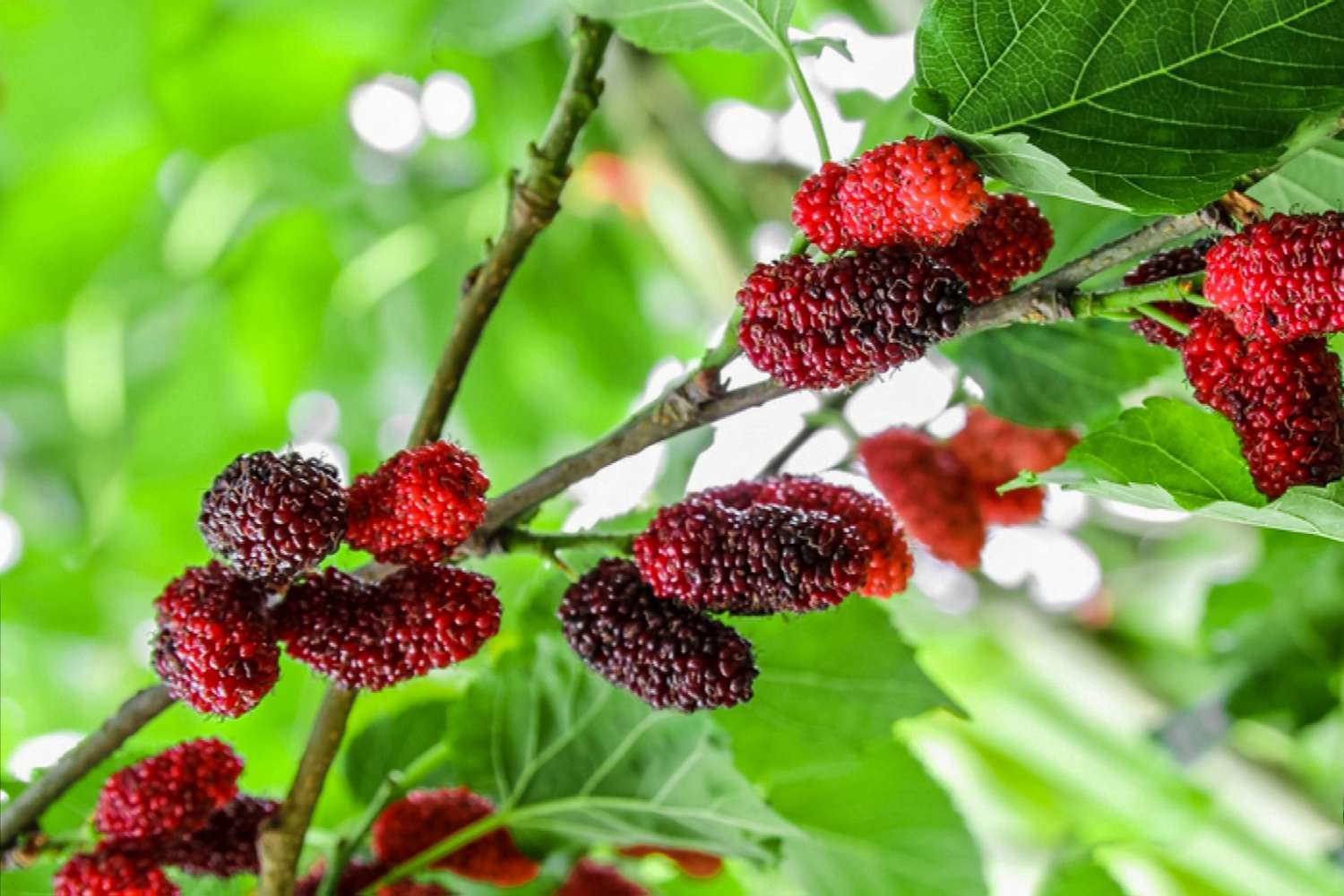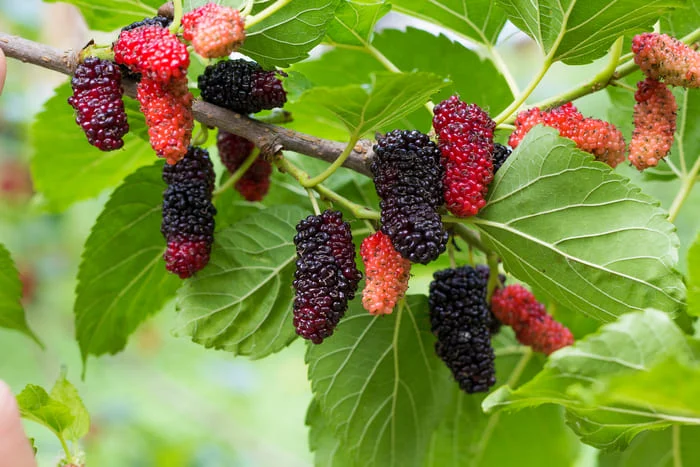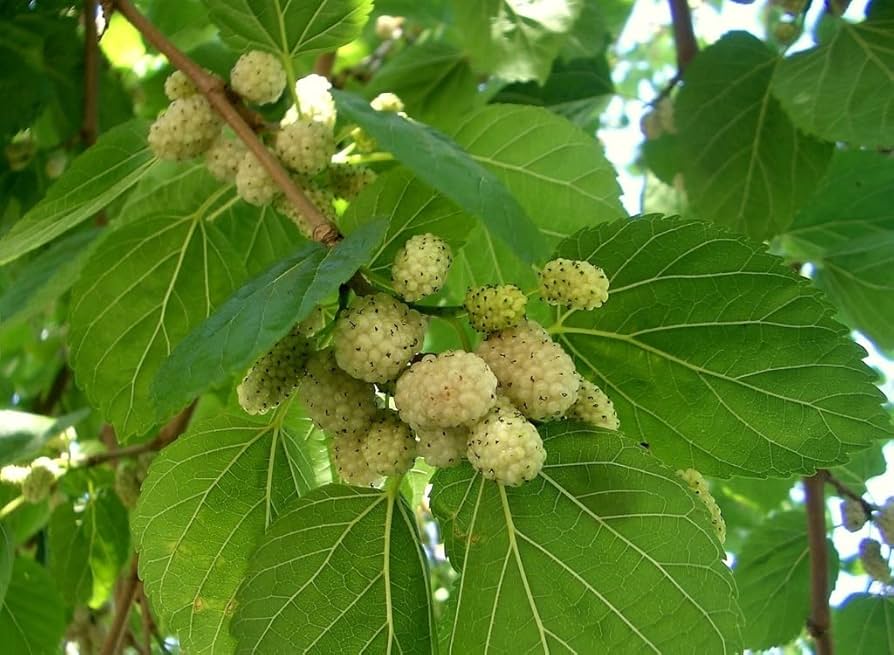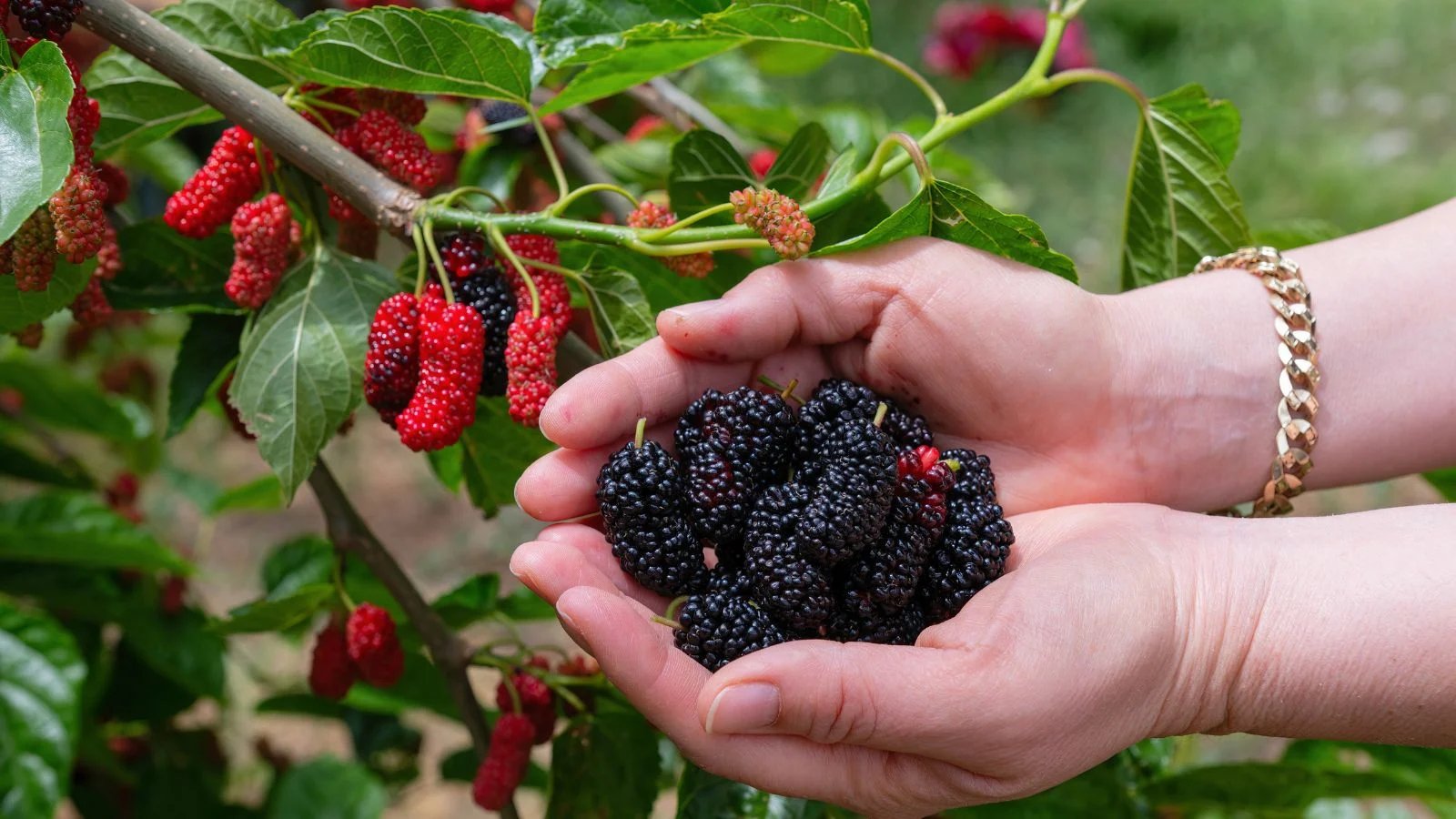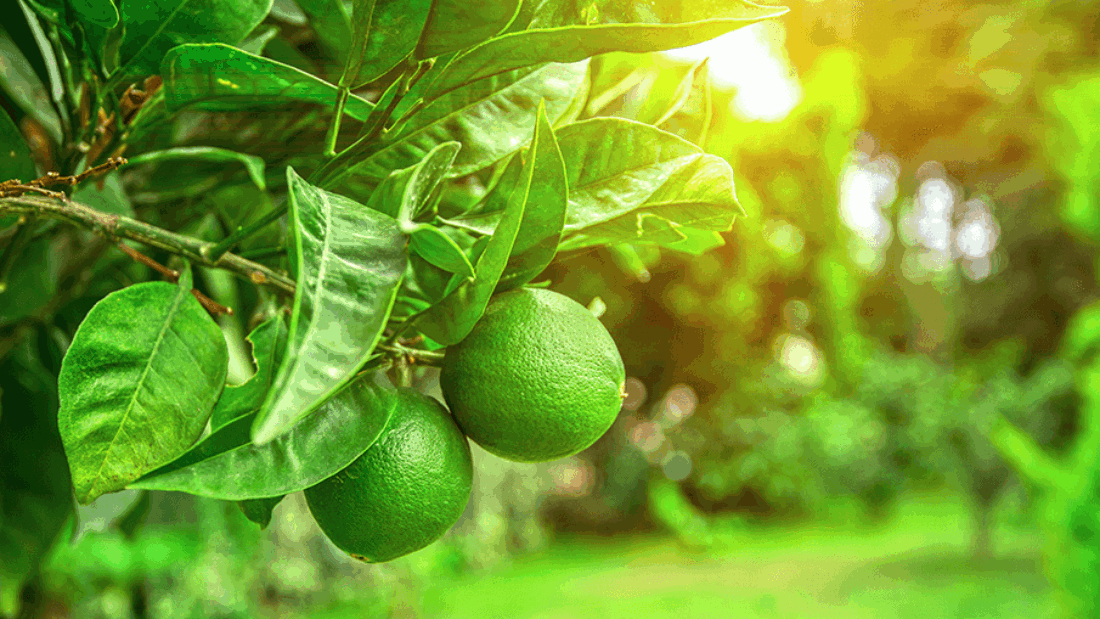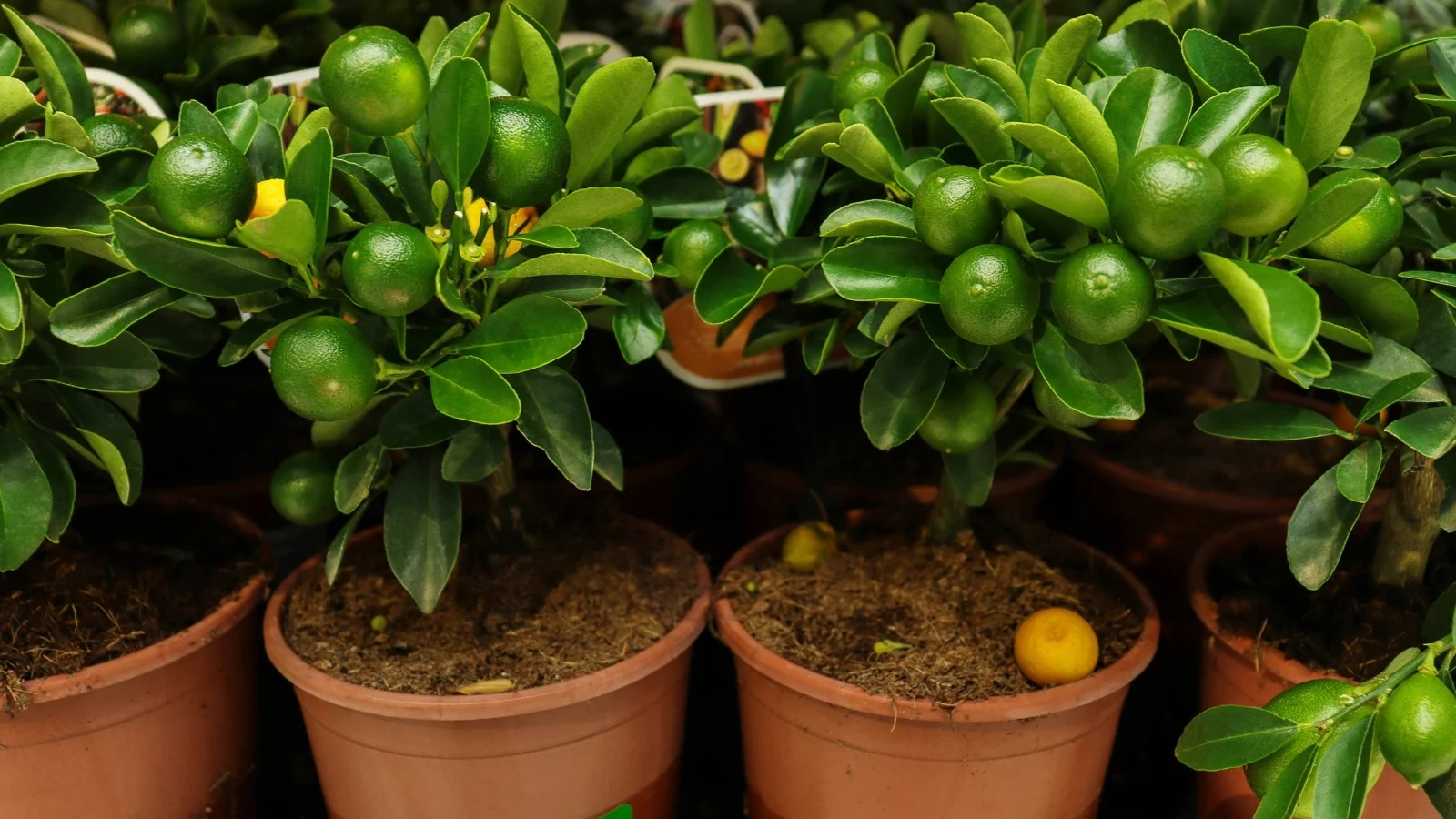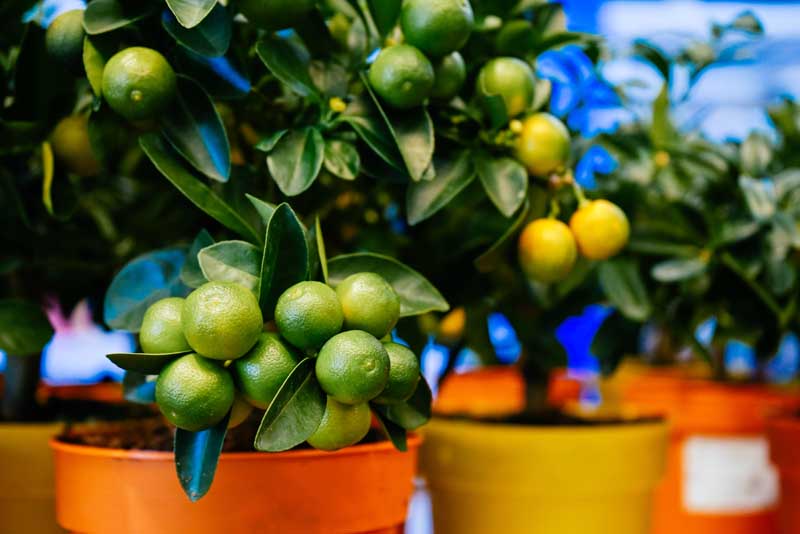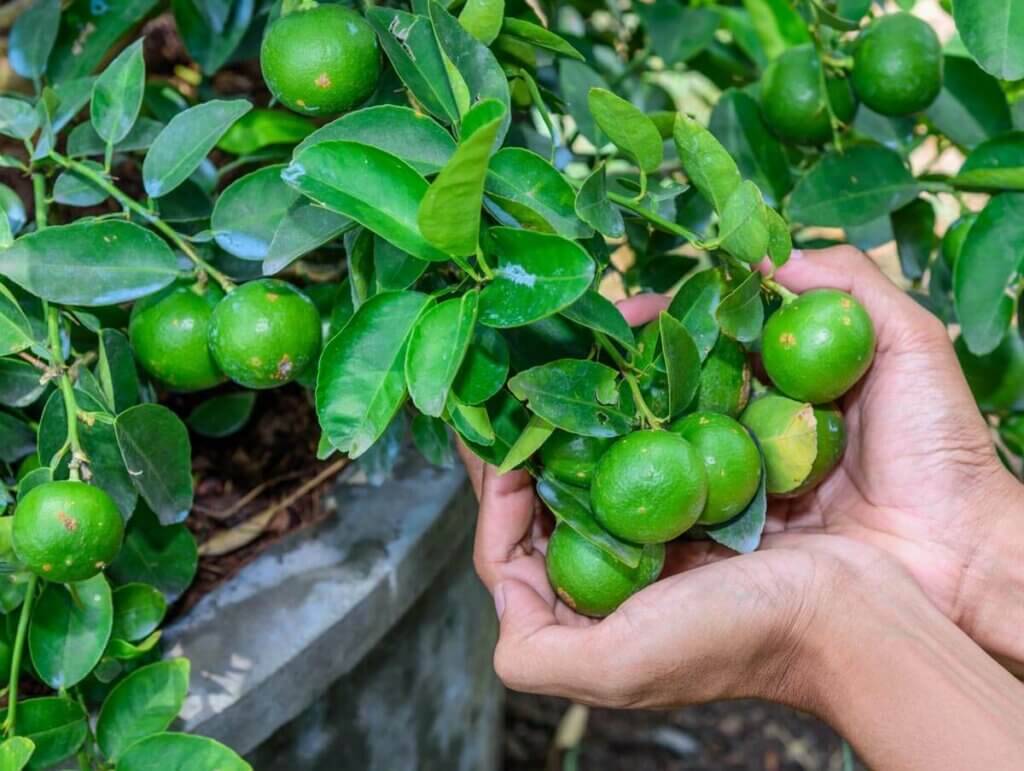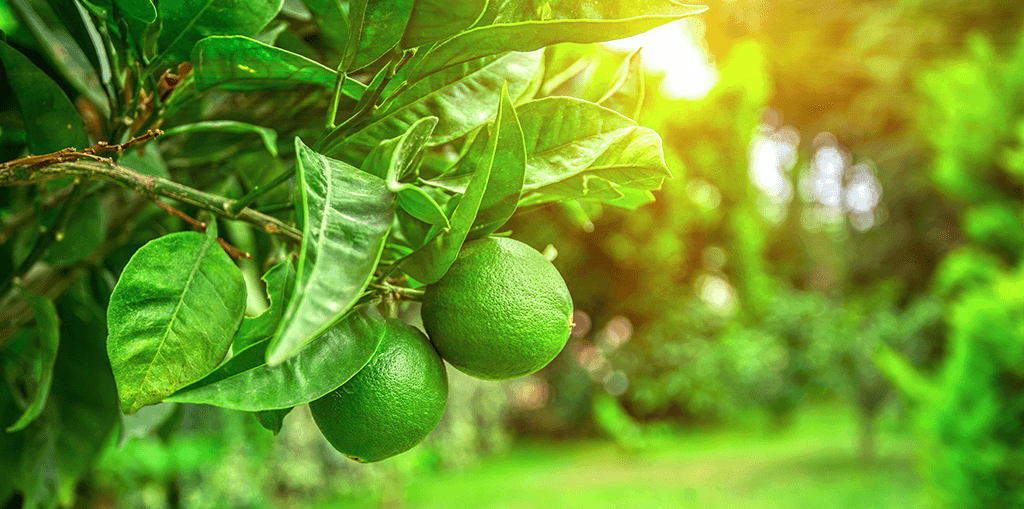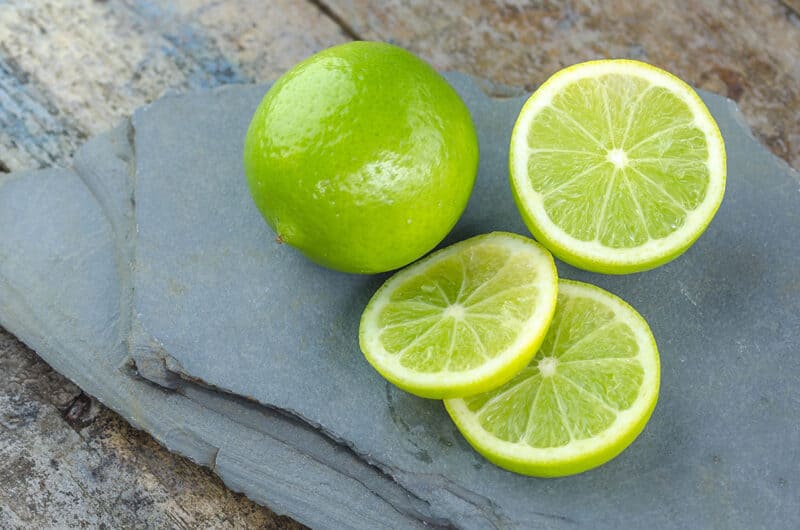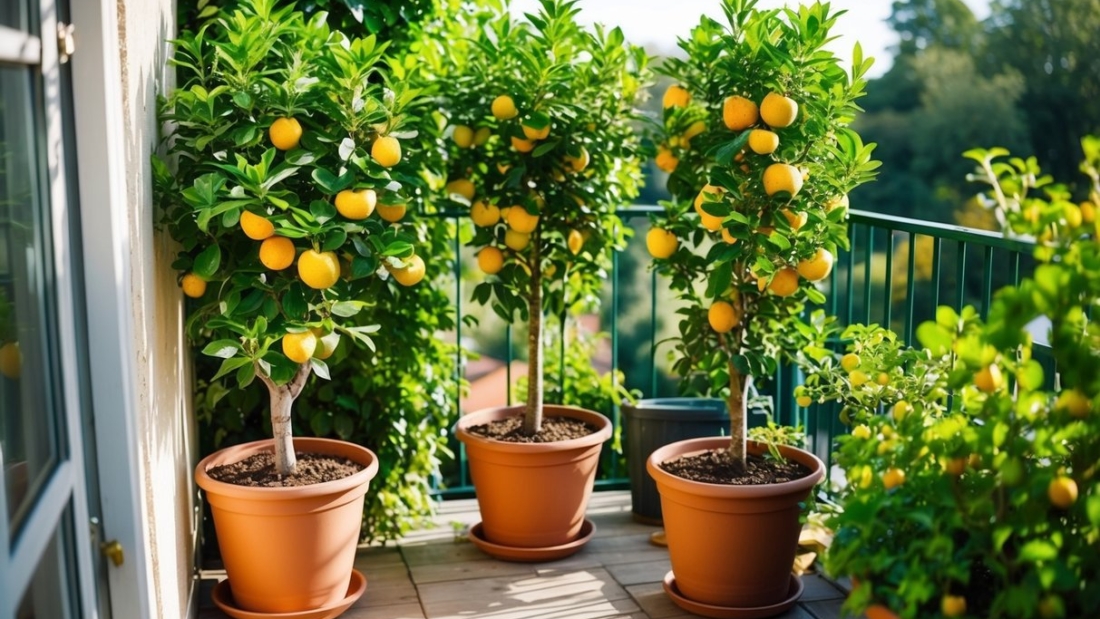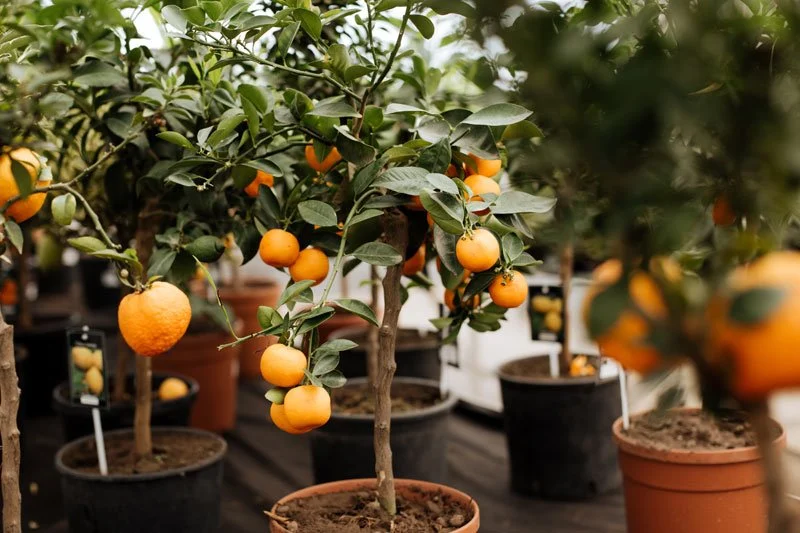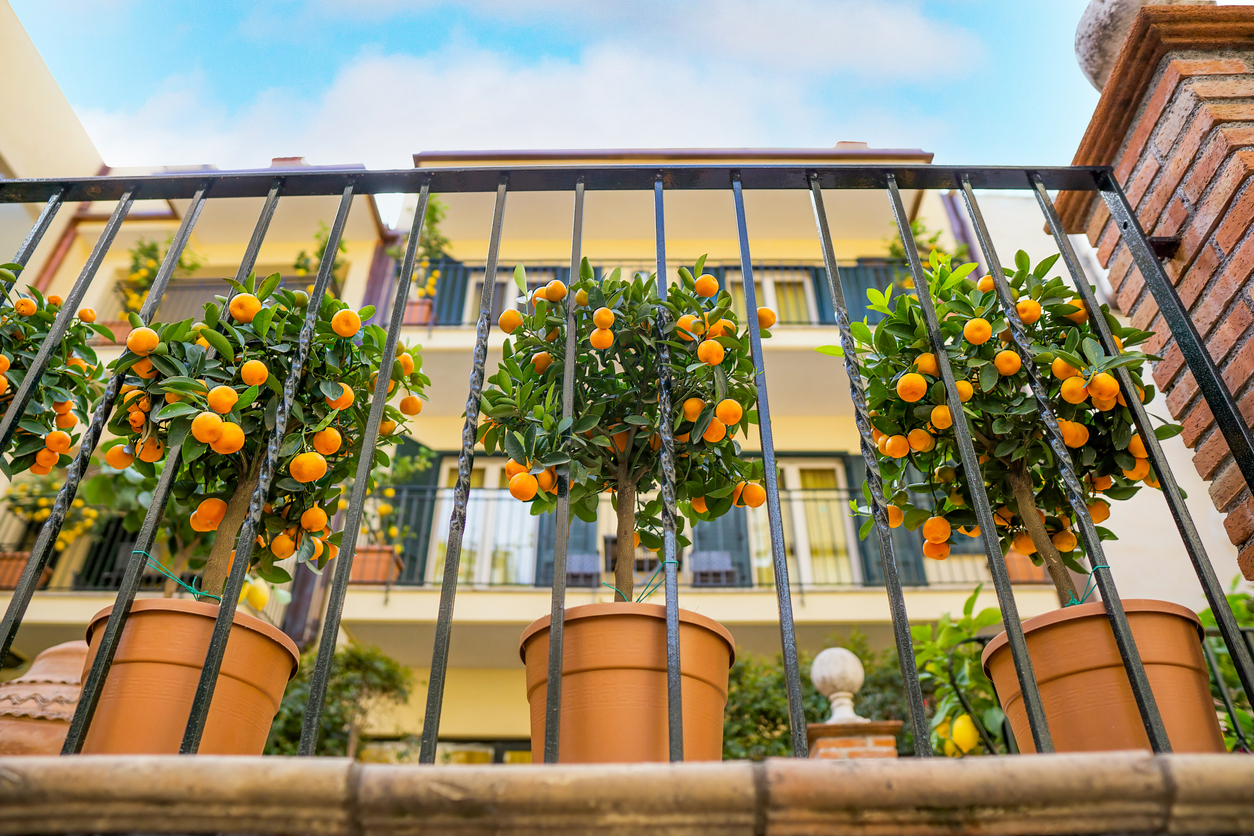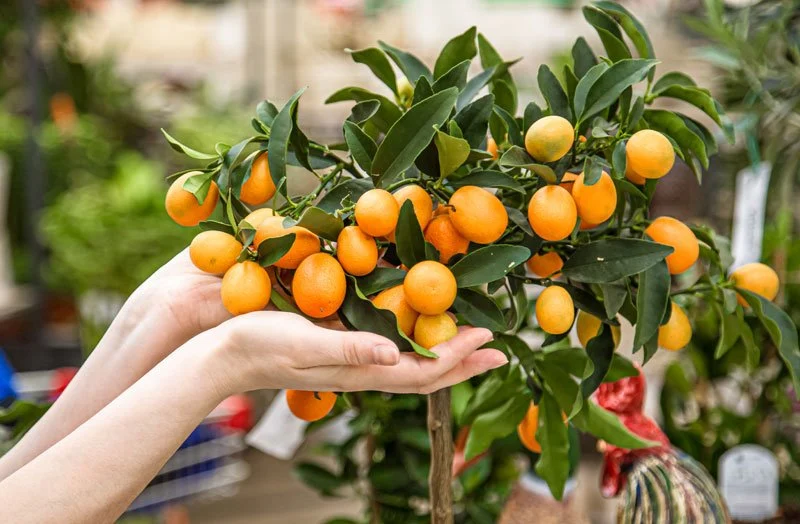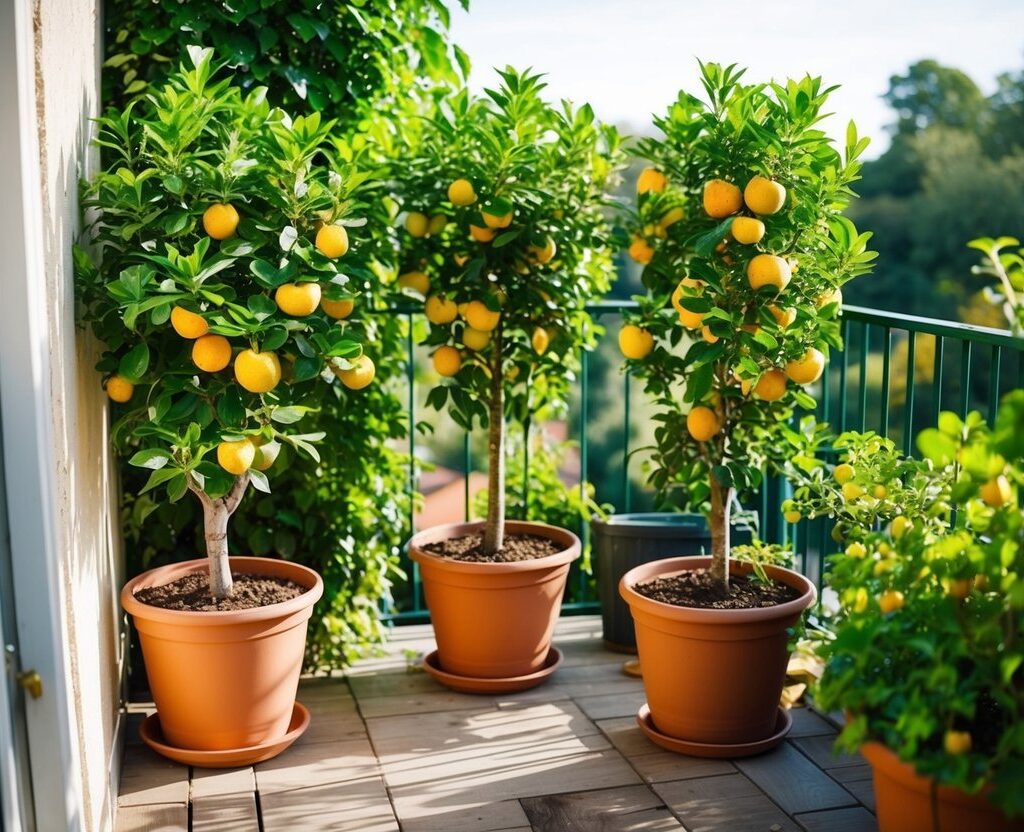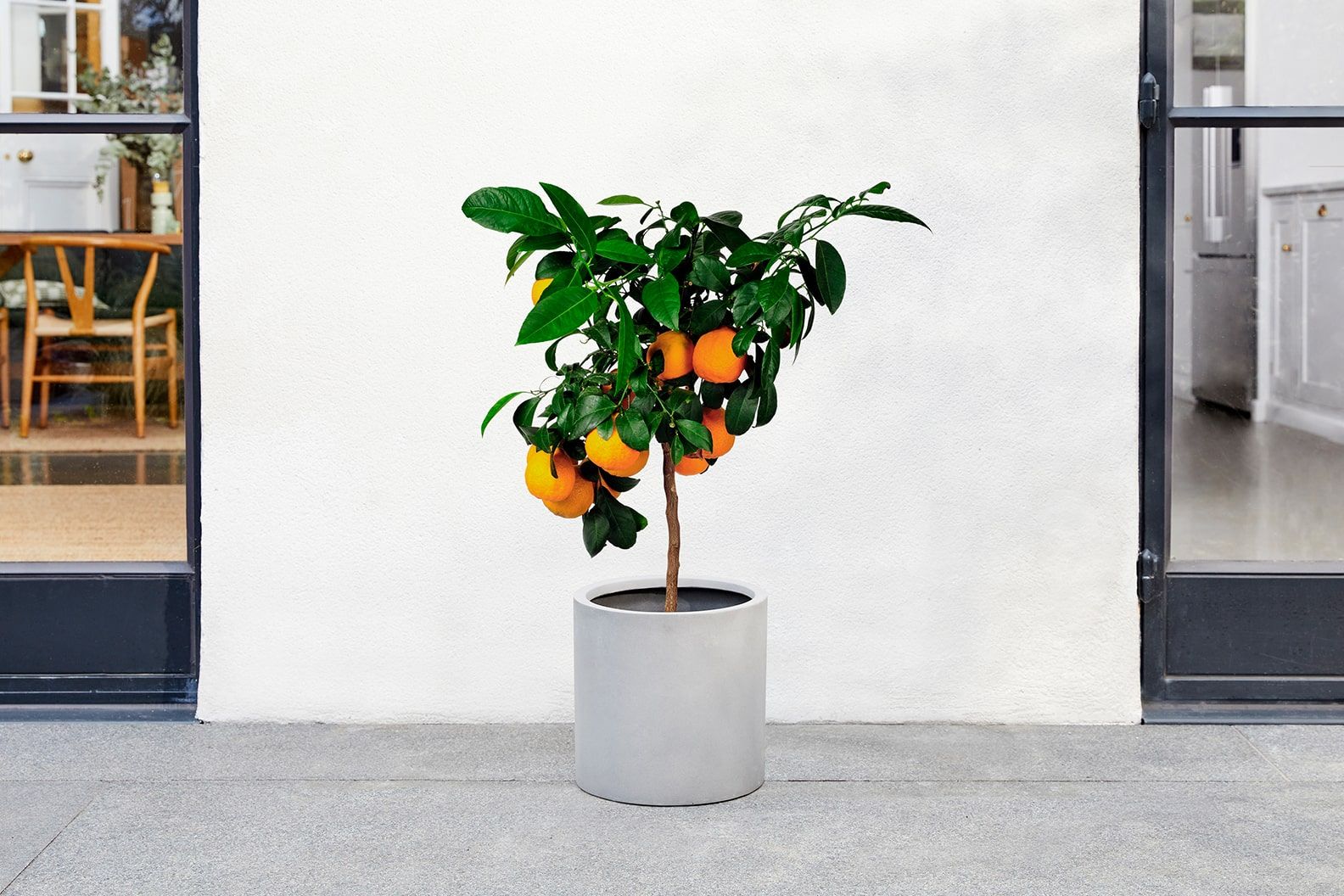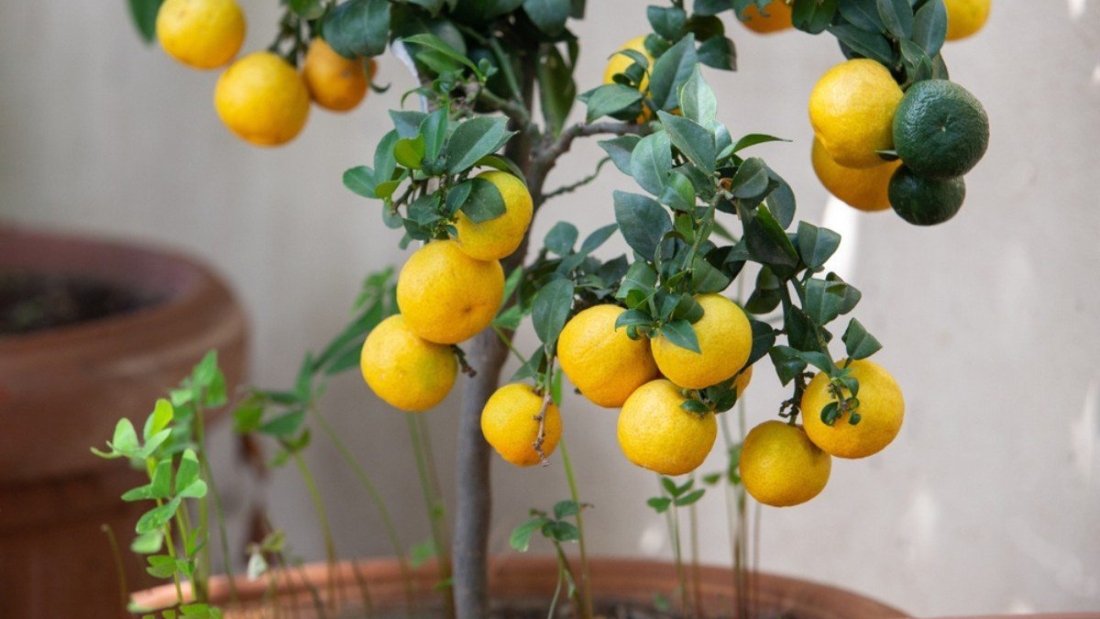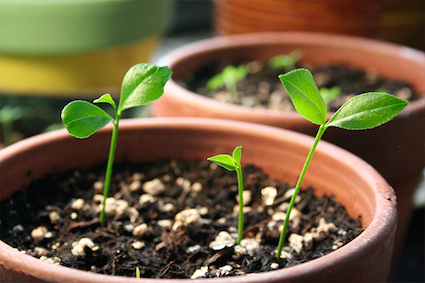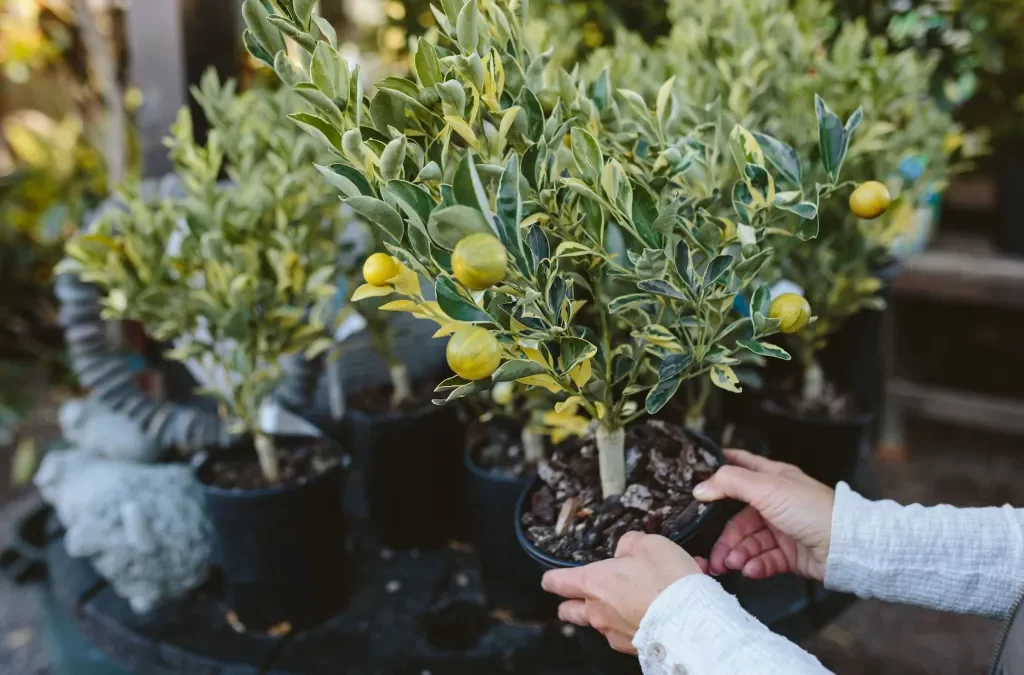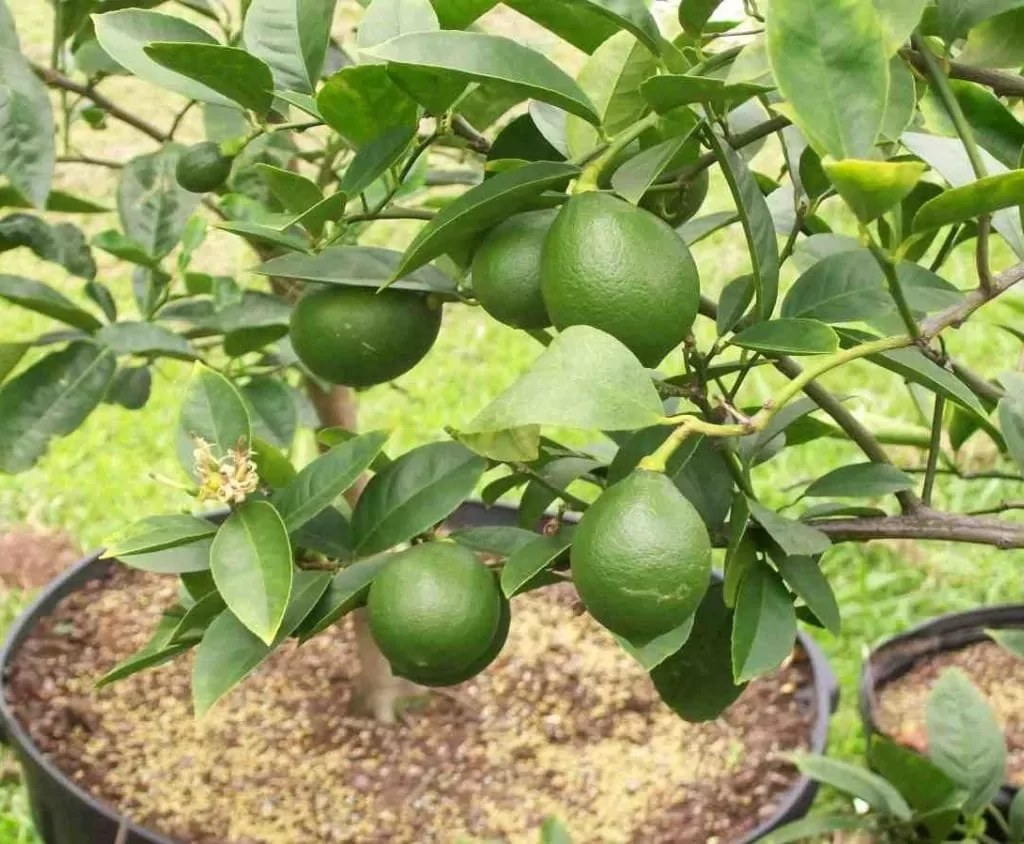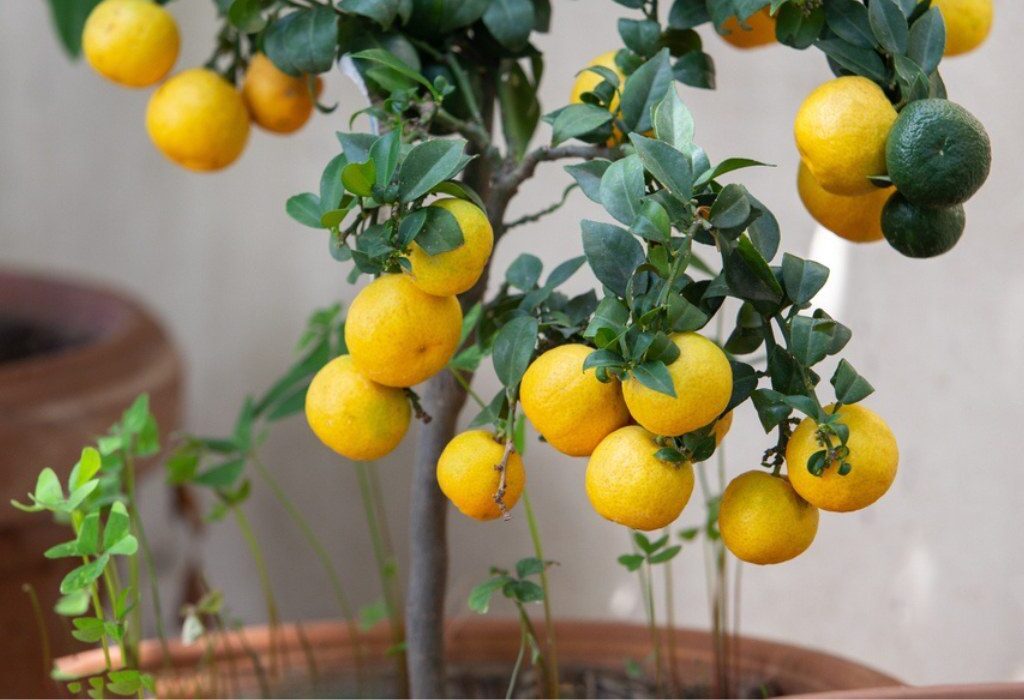There’s something wonderfully satisfying about growing your own fruit, and nectarines — with their smooth skin, sweet fragrance, and juicy flesh — are a beautiful addition to any home garden. The best part? You don’t need a sprawling orchard to enjoy homegrown nectarines. With careful planning, proper care, and a little creativity, nectarines can thrive in small gardens, patios, or even containers.
In this guide, we’ll walk you through everything you need to know about how to grow nectarines in a small garden, from choosing the right variety to planting, pruning, and harvesting these sun-kissed fruits.
Why Grow Nectarines at Home?
Aside from their irresistible flavor, growing nectarines in your own space offers plenty of perks:
- Chemical-free, homegrown fruit you can trust
- Attractive trees that add beauty to small gardens
- Compact, dwarf, or patio varieties perfect for limited space
- The satisfaction of harvesting sun-ripened nectarines at their peak
If you’ve never tried growing nectarines before, you might be surprised at how achievable it can be — even in a small backyard or balcony.
Choosing the Right Nectarine Variety
When gardening in a limited space, selecting the right tree variety is crucial. Fortunately, many dwarf and semi-dwarf nectarine trees are available that stay compact while still producing generous harvests.
Best Nectarine Varieties for Small Gardens:
- ‘Necta Zee’ – A dwarf, self-pollinating variety with rich, sweet fruit. Perfect for containers or tight spaces.
- ‘Golden Prolific’ – Compact, heavy-cropping, and ideal for small patios.
- ‘Arctic Star’ – Early ripening, sweet, and self-pollinating with beautiful red-skinned fruit.
- ‘Flavortop’ – Semi-dwarf, known for large, juicy nectarines.
Tip: Choose a self-fertile variety for small gardens to avoid needing multiple trees for pollination.
Where to Plant Nectarines
Nectarine trees need full sun and protection from harsh winds to thrive and produce the sweetest fruit.
Ideal Conditions:
- At least 6–8 hours of sunlight daily
- Well-drained, fertile soil with a pH of 6.0–7.0
- A sheltered spot against a wall or fence to absorb warmth and shield from wind
If your garden is especially small, espalier training against a fence or growing in a large container are excellent options.
How to Plant Nectarines in a Small Garden
Planting in the Ground:
- Timing:
Plant bare-root trees in late winter or early spring. Potted trees can be planted any time. - Prepare the soil:
Dig a hole twice as wide and as deep as the root ball. Mix in compost and well-rotted manure for added nutrients. - Plant the tree:
Place it at the same depth as it was in the nursery pot. Backfill with soil, firm gently, and water well. - Mulch:
Apply a 2–3 inch layer of organic mulch to retain moisture and suppress weeds, keeping it away from the trunk.
Planting in a Container:
Growing nectarines in pots is perfect for patios and balconies.
You’ll need:
- A container at least 18–24 inches wide and deep
- Well-draining potting mix with added organic matter
- A dwarf or patio nectarine variety
Steps:
- Ensure good drainage by adding gravel or crocks to the base.
- Plant the tree at the same depth as in its nursery container.
- Top up with compost, firm gently, and water thoroughly.
- Position in a sunny, sheltered spot.
Watering and Feeding Nectarines
Watering:
- Keep the soil evenly moist, especially during dry spells and fruit development.
- Avoid overwatering or letting the soil dry out completely.
Tip: Container-grown trees will need more frequent watering, especially in hot weather.
Feeding:
- Feed in early spring with a balanced, slow-release fertilizer.
- Supplement with liquid seaweed or tomato feed during the growing season for a nutrient boost.
- Add compost or organic mulch annually to enrich soil health.
Pruning Nectarines for a Small Garden
Regular pruning is essential for keeping nectarine trees compact, productive, and healthy in small spaces.
When to Prune:
- Prune in late spring to early summer, after flowering and fruit set.
- Avoid winter pruning to reduce the risk of silver leaf disease.
How to Prune:
- Remove any dead, damaged, or diseased branches.
- Thin out crowded growth to allow light and air to reach the fruit.
- Maintain an open center shape, especially for espalier-trained trees.
- Shorten vigorous shoots to encourage fruit-bearing spurs.
Espalier trees can be pruned into attractive horizontal shapes along a fence, saving space while boosting yields.
Protecting Nectarines from Pests and Diseases
Like all fruit trees, nectarines can be susceptible to certain pests and diseases.
Common Pests:
- Aphids: Spray with insecticidal soap or neem oil.
- Spider mites: Increase humidity and use water sprays or horticultural oil.
- Birds: Cover trees with netting as fruit ripens.
Common Diseases:
- Peach Leaf Curl: A fungal disease causing puckered, reddish leaves. Prevent with a copper-based fungicide spray in winter and again before bud break in spring.
- Brown Rot: Causes fruit to rot on the tree. Remove affected fruit and prune regularly for air circulation.
Tip: Clean up fallen leaves and fruit promptly to prevent disease spread.
When and How to Harvest Nectarines
Nectarines are typically ready for harvest in mid to late summer, depending on the variety.
Signs nectarines are ripe:
- Fully colored skin with no green patches
- A slight give when gently pressed
- A sweet, fruity aroma
Harvesting Tips:
- Twist the fruit gently from the branch.
- Avoid pulling to prevent damaging the tree.
- Handle nectarines carefully — they bruise easily.
Pro tip: Pick nectarines as they ripen. Unlike some fruits, they don’t continue to ripen much off the tree.
Storing and Enjoying Your Nectarines
Fresh nectarines are best enjoyed within a few days of picking, but you can also store them:
- In the fridge for 3–5 days
- Freeze for smoothies, desserts, or winter use
- Make jams, chutneys, or pies
Nothing beats the taste of homegrown nectarines — sweet, juicy, and grown with love.
Final Thoughts
Growing nectarines in a small garden is a delightful, achievable project for any home gardener. With the right variety, a sunny spot, good soil, and careful care, you can enjoy baskets of sun-ripened nectarines straight from your own backyard or balcony.
Whether you plant in the ground, espalier against a fence, or nurture a dwarf variety in a container, nectarines will reward you with lush greenery, beautiful blossoms, and irresistible summer fruit.
So why not give it a try this season? Your garden — and your tastebuds — will thank you.

